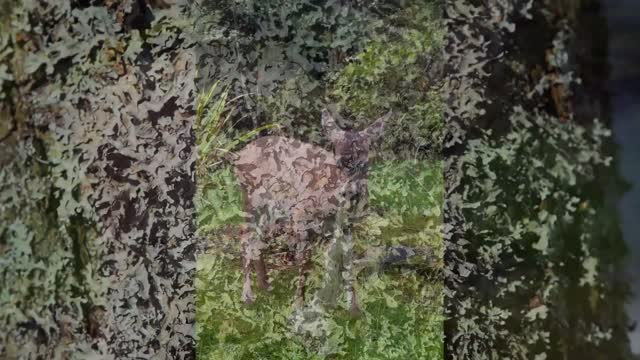Premium Only Content

Critical Loads Video Series: Lichens
This video series looks at how air pollution, specifically excess nitrogen and sulfur deposition, affects species and ecosystems. It also highlights how land managers can use critical loads to assess ecosystem health and guide resource management decisions.
An ecosystem is a community of living and nonliving things. The plants, animals, air, water, soil, and sunlight all work together to create balanced, healthy ecosystems. These ecosystems are essential life-support systems for our own well-being and livelihoods. They provide us with vital goods and services, such as fish, timber, and clean water. To maintain a healthy ecosystem, land managers must be able to predict when and where environmental threats occur on the landscape.
Air pollution is one of these environmental threats. When pollutants containing nitrogen and sulfur are deposited to the environment as components of rain, snow, clouds, fog, gases, and fine particles, they can cause ecosystem harm. Scientists use the concept of critical loads to identify when an ecosystem, or a part of an ecosystem, begins to experience harm from this deposition.
The series includes seven videos:
• Air Pollution Effects on Ecosystems: What is a Critical Load and Why Does It Matter?
• Critical Loads: Lichens
• Critical Loads: Herbaceous Plants
• Critical Loads: Trees
• Critical Loads: Surface Waters—Part I
• Critical Loads: Surface Waters—Part II
• Air Quality and Healthy Ecosystems: Applying Critical Loads
-
 8:46
8:46
Kurt's News
3 months agoHakeem Jefferies LIES, Chuck Schumer IMPLODES and Britain Goes FULL Authoritarian THIS Week 1/5/25
57 -
 LIVE
LIVE
The Rubin Report
1 hour agoElizabeth Warren Humiliated as Her Lying to Host Backfires Spectacularly
2,833 watching -
 LIVE
LIVE
Benny Johnson
1 hour agoDefense Sec Pete Hegseth Hands DOJ Evidence Of Leakers SABOTAGING Trump | Charges Incoming?!
7,173 watching -
 LIVE
LIVE
LFA TV
14 hours agoALL DAY LIVE STREAM - 4/22/25
4,322 watching -
 54:56
54:56
VINCE
2 hours agoSomething Suspicious Is Happening At The Pentagon | Episode 27 - 04/22/25
188K62 -
 LIVE
LIVE
Bannons War Room
2 months agoWarRoom Live
19,209 watching -
 LIVE
LIVE
Discover Crypto
2 hours ago $0.76 earned🚀$100K BTC in MAY?! CRYPTO & GOLD SURGING NOW! (Get Ready)
188 watching -
 LIVE
LIVE
The Big Mig™
3 hours agoLet’s Talk Music Baste Records Artist & CEO Matthew Azrieli
4,795 watching -
 1:09:19
1:09:19
Dear America
14 hours agoTrump To Replace Hegseth? + Dems Hit ALL TIME LOW!
92.3K33 -
 2:13:13
2:13:13
Matt Kohrs
8 hours agoTurnaround Tuesday or Bust?! || The MK Show
48K5